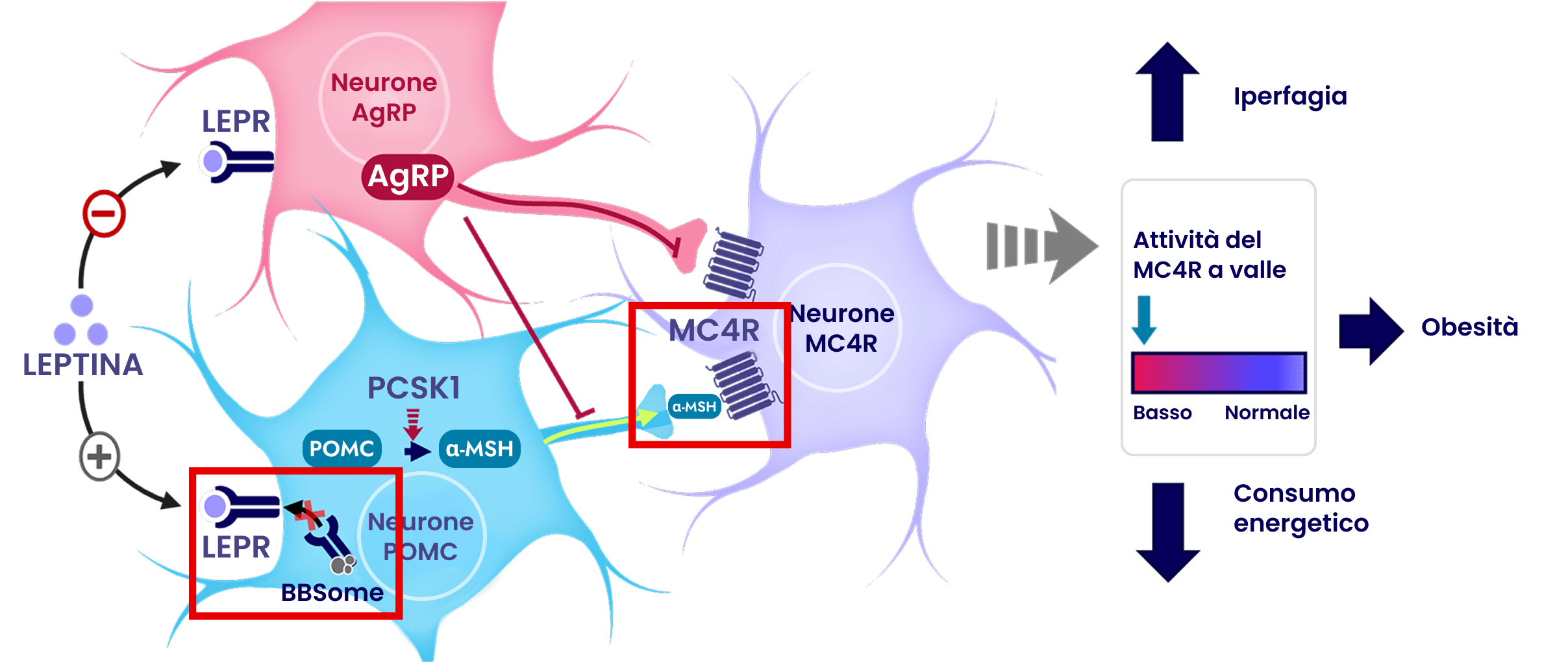CONNECT THE DOTS between rod-cone dystrophy and Bardet-Biedl syndrome
Agisca ora per individuare la sindrome di Bardet-Biedl nei Suoi pazienti, indirizzandoli prontamente a consulenze specialistiche e test necessari e aiutandoli a ottenere il supporto di cui hanno bisogno.
L’interessamento oculare precoce è una delle prime e più diffuse manifestazioni di una rara patologia genetica nota come sindrome di Bardet-Biedl (BBS).1
Le anomalie oculari nei pazienti affetti da questa patologia insorgono tipicamente nella prima infanzia, con la distrofia retinica dei coni e dei bastoncelli che rappresenta una delle caratteristiche cliniche più comuni, interessando oltre il 90% dei casi1,2; ciò significa che gli oftalmologi rivestono un ruolo chiave nell’identificazione e nella diagnosi precoci.
Ha il sospetto che il Suo paziente possa soffrire di BBS? Scopra di più sui successivi passaggi concreti che può intraprendere per contribuire a migliorare il rinvio al consulto specialistico, i test genetici e la diagnosi precoce.


La BBS è una malattia rara a trasmissione autosomica recessiva e coinvolgimento multisistemico, causata da difetti nei geni che codificano per le proteine localizzate nel complesso cilio primario/corpo basale.2 La BBS è classificata come una malattia rara del pathway del recettore della melanocortina 4 (MC4R) che può comportare, tra le altre caratteristiche cliniche, compromissioni della capacità visiva e obesità infantile ad esordio precoce.1,3
Sintomi - Caratteristiche primarie e secondarie della BBS
Le caratteristiche cliniche principali comprendono:3
Iperfagia (fame patologica e insaziabile)
Obesità ad esordio precoce
Distrofia retinica dei coni e dei bastoncelli
Altre anomalie potrebbero comprendere:1
Cataratte
Astigmatismo
Strabismo
Ritardo nel linguaggio
Disturbi cognitivi
Anomalie nello sviluppo
La BBS può causare complicanze multisistemiche nei pazienti, con manifestazioni cliniche a carico degli occhi e di altre parti del corpo.1
Lei riveste un ruolo chiave nell’identificazione della sindrome di Bardet-Biedl nei Suoi pazienti, in quanto la possibilità di condurre dei test genetici può aiutarli a ottenere il supporto di cui hanno bisogno.

CONTRIBUISCA AD AIUTARE A GARANTIRE UNA VALUTAZIONE SPECIALISTICA TEMPESTIVA E UNA DIAGNOSI PRECODE
La BBS rappresenta un onere sostanziale per i pazienti e le loro famiglie a causa delle numerose complicanze che può causare. Tuttavia, ritardi importanti sono ancora presenti nella diagnosi della patologia a causa della limitata conoscenza delle sue caratteristiche cliniche chiave, come la retinopatia e la distrofia dei coni e dei bastoncelli.3,4
Essendo tra i primi professionisti sanitari esposti ai pazienti con BBS non diagnosticata, gli oftalmologi rivestono un ruolo fondamentale nell'invio tempestivo al consulto specialistico e nella diagnosi precoce, contribuendo a rallentare la progressione della malattia e a garantire che i pazienti abbiano accesso a una gestione e un'assistenza appropriate.
Se la distrofia retinica dei coni e dei bastoncelli è presente insieme a qualsiasi altra caratteristica clinica chiave, come1,4,5
- Iperfagia
- Obesità ad esordio precoce
i pazienti devono essere rinviati immediatamente a consulto specialistico presso un pediatra o un endocrinologo per la conferma genetica.
Desidera avere maggiori informazioni riguardanti l'importanza dei test genetici?
Ulteriori informazioni sono disponibili qui!
Hub dei contenuti
Fare clic qui per ottenere maggiori informazioni sulla BBS e sulle malattie rare legate al pathway del MC4R, risorse formative ed eventi tematici organizzati da Rhythm.
Continueremo ad aggiornare questa pagina con risorse sulla BBS e sulle altre malattie rare legate al pathway del MC4R.
Riferimenti:
- 1. Forsyth RL, et al. Bardet-Biedl Syndrome Overview. In: Adam MP, et al. editors. GeneReviews® [Internet]. Seattle (WA): University of Washington, Seattle; 1993–2023.
- 2. Forsythe E, et al. Front Pediat. 2018:6:23.
- 3. Forsythe E, et al. Orphanet J Rare Dis. 2023;18:12.
- 4. Beales PL, et al. J Med Genet. 1999;36:437–46.
- 5. Styne DM, et al. J Clin Endocrinol Metab. 2017;102:709–757.